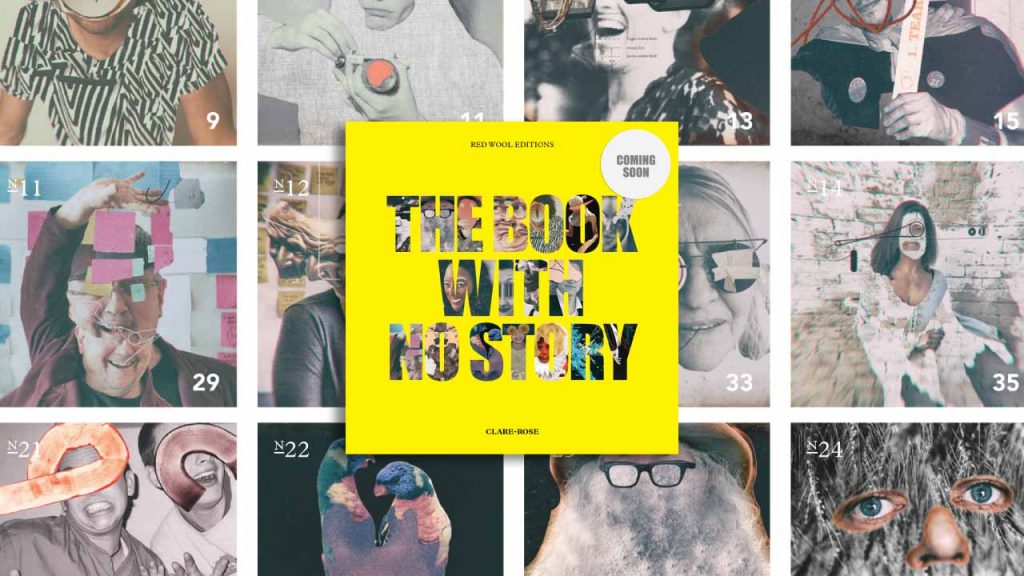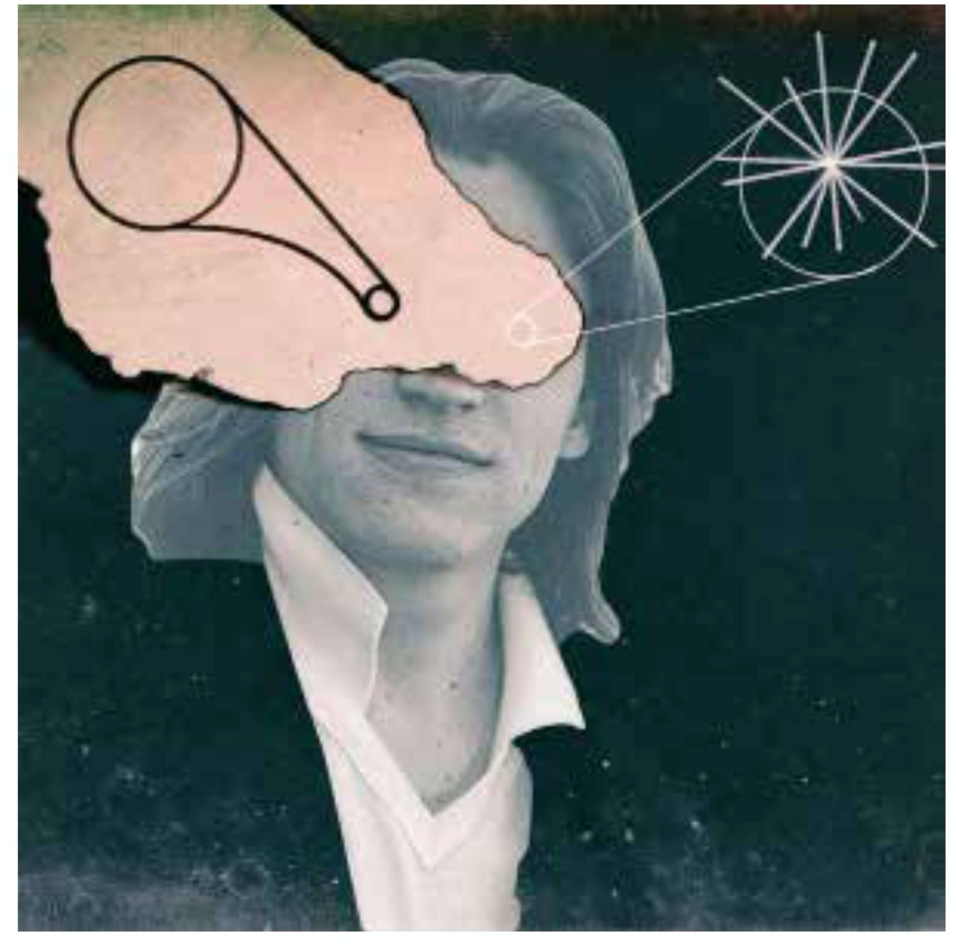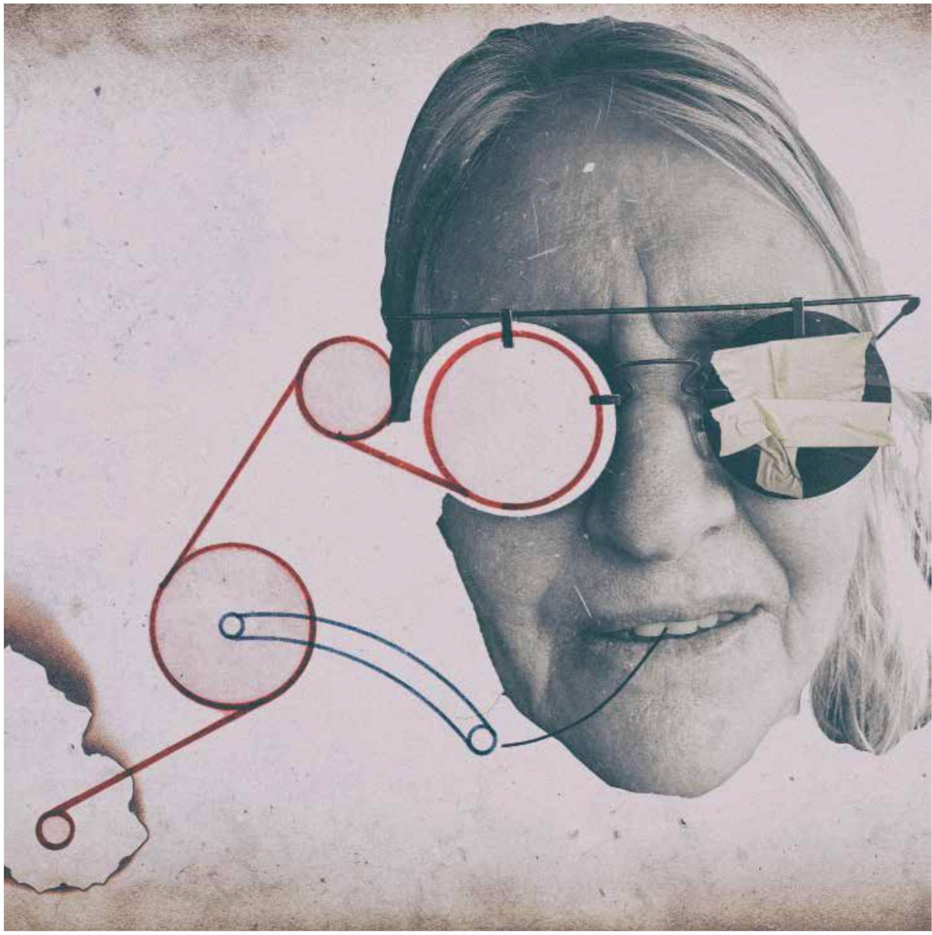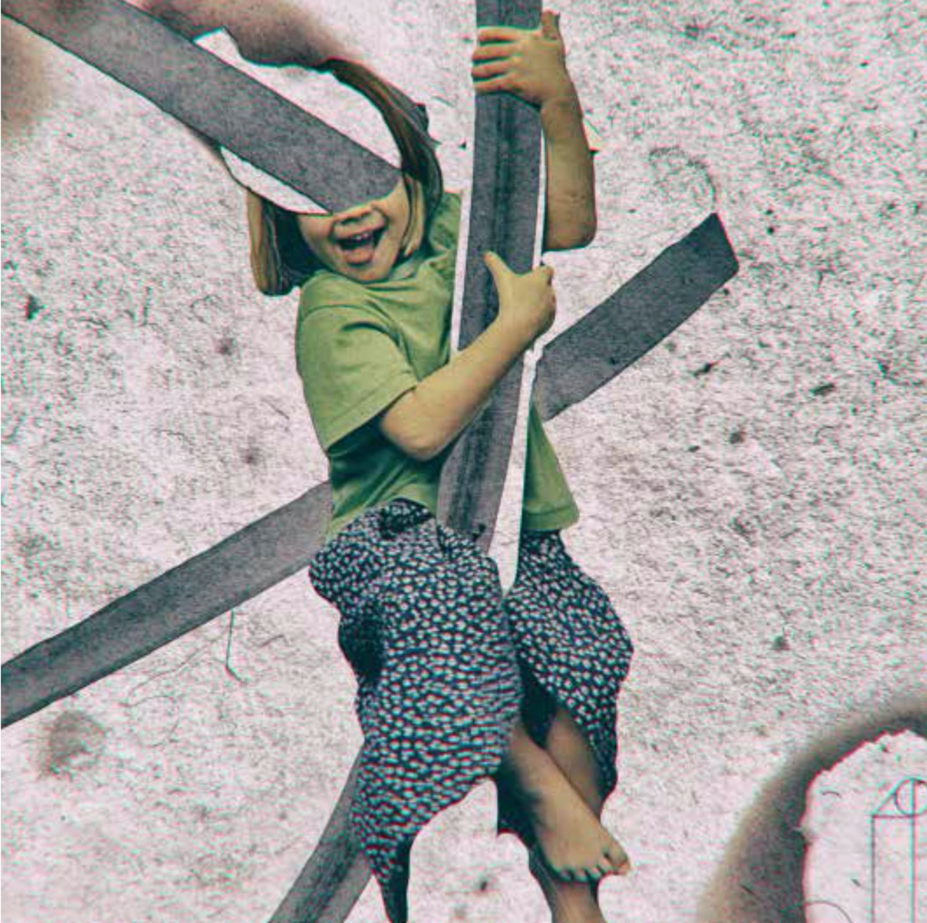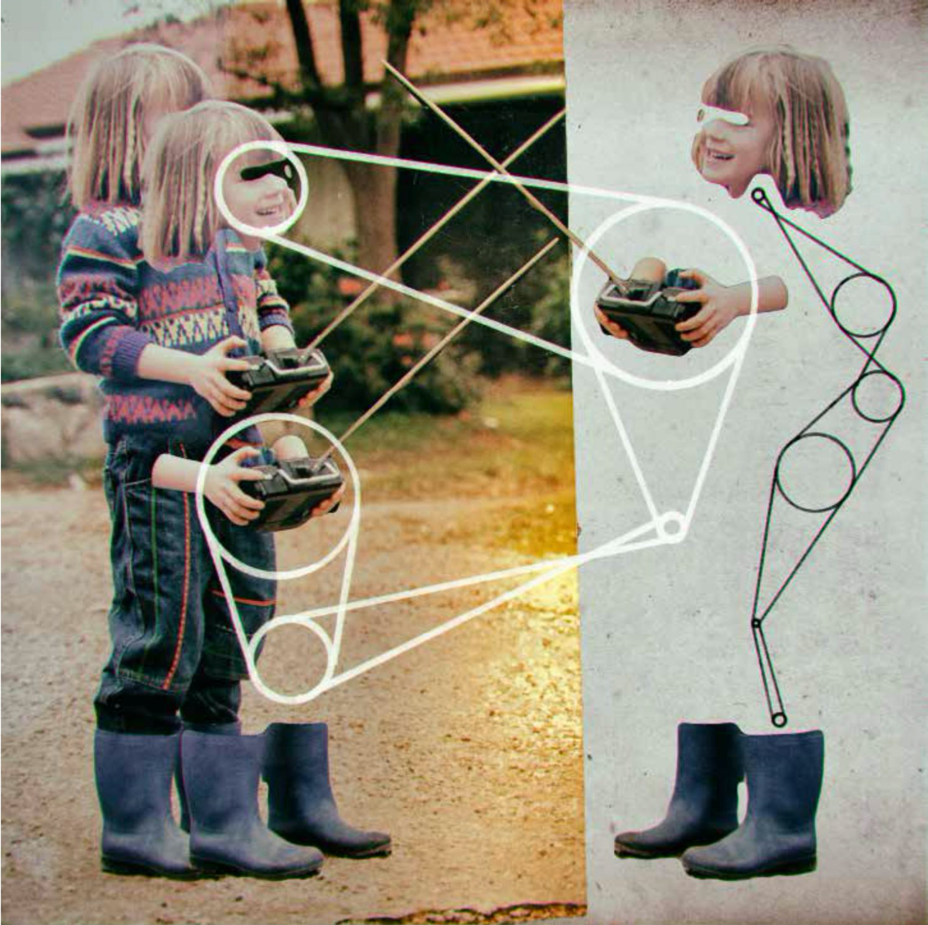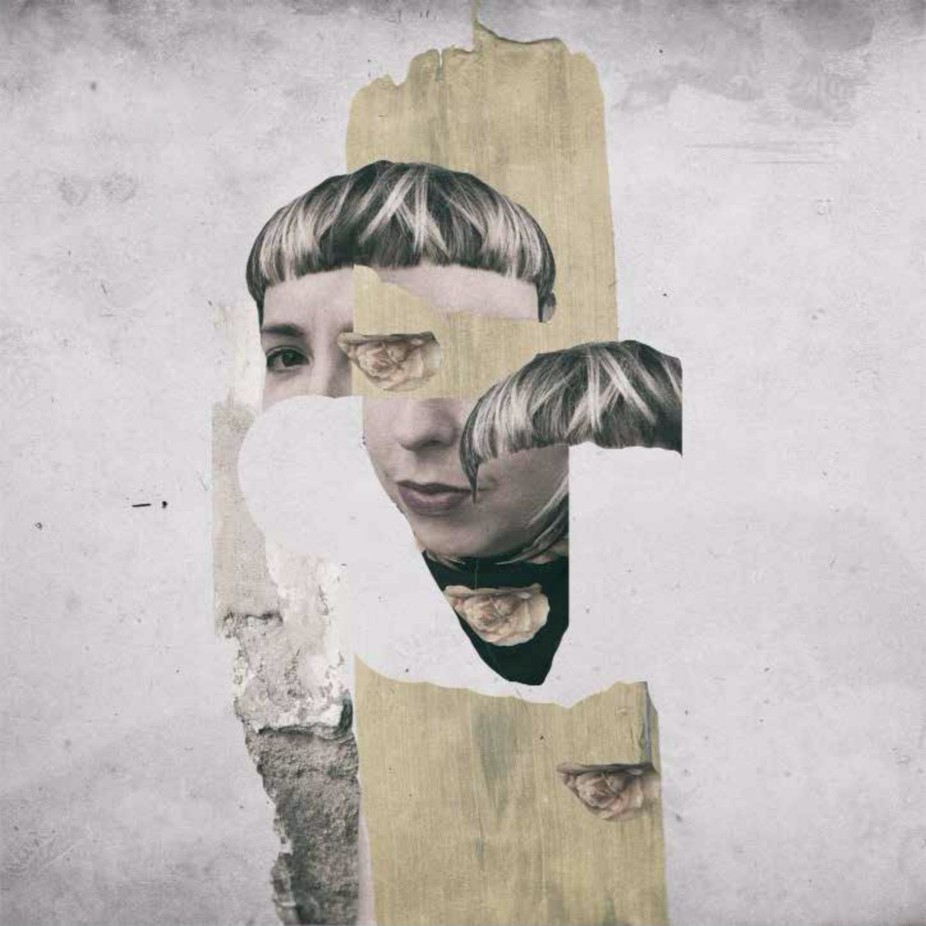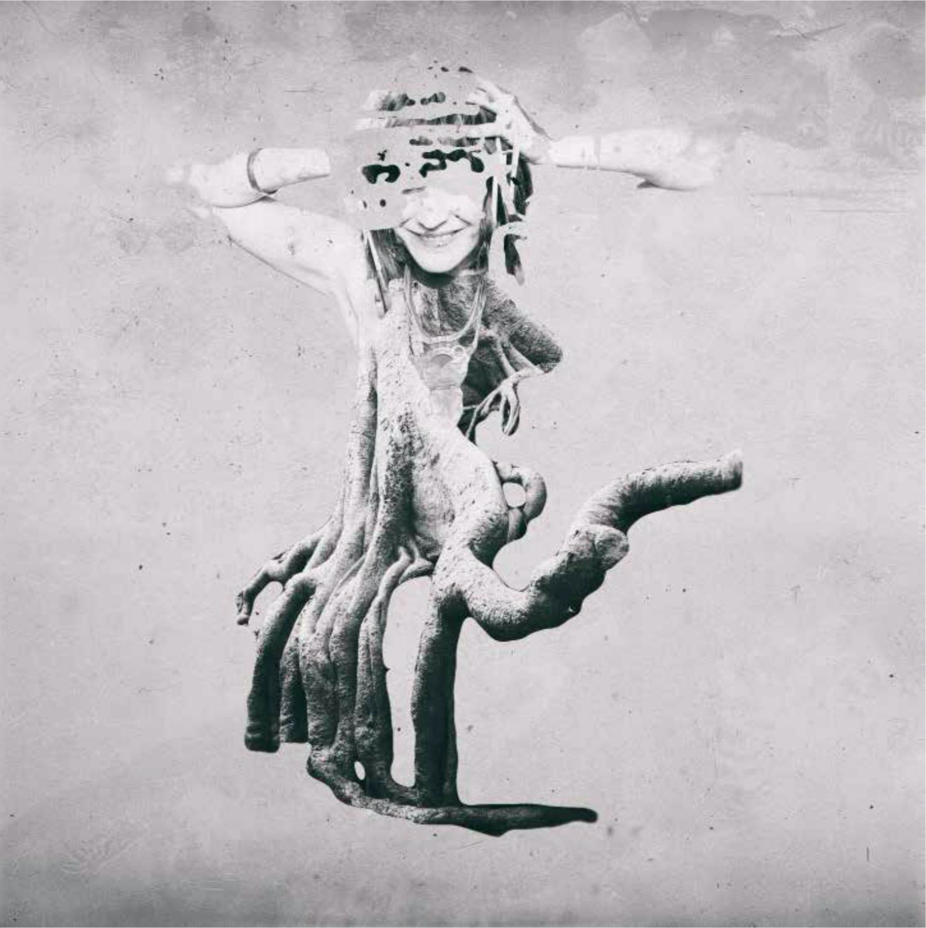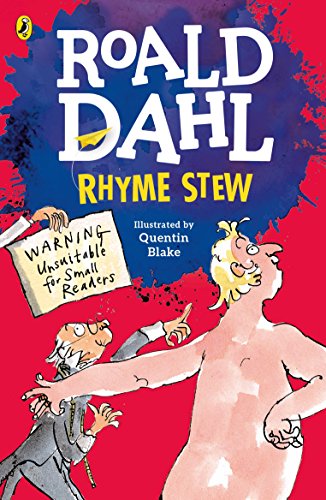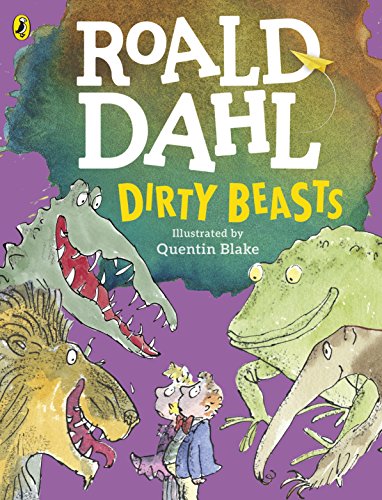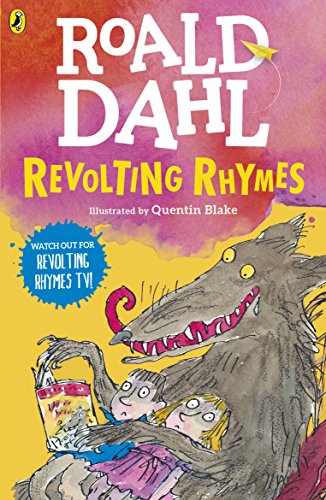Writing nonsense is challenging but Roald Dahl’s style of nonsense humour shows how a great author can craft humorous experiences in glorious ways. Books like George’s Marvellous Medicine, The Twits and The Magic Finger are usually the first exposure children have of nonsense literature. And there are more benefits to be had. I’ve also experienced how the nonsense humour in Dahl’s books is a great way to lead onto discussing philosophy with children.
Dahl is Inspirational
The Book With No Story was created by author Clare Rose Trevelyan and illustrator Yongho Moon in the same nonsense style. Its theme is built around creatures who have run away from the author’s stories so that the poor things are creatures looking for their own stories, hoping that young people will understand quirky ways.
It’s a little book which contains a whole creating writing method which the author calls Inside-Out Storytelling. The inside story reveals the creatures inner motivations and the outside story is all about their appearance. And because a story is like music, the method isn’t a formula but a way of putting together all the parts of a narrative so that it vibrates with life.
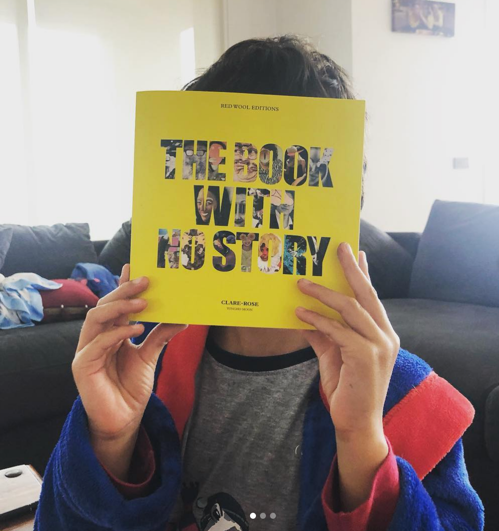
The surprising thing in this little book is that the images used in The Book With No Story are Clare’s family and friends who have all willingly joined with her in her storytelling adventures. They include brothers, mother, sister and many parodies of herself as a child and in adulthood.
Clare’s character descriptions in The Book With No Story are written in a poetic, lyrical style. Minimalist and with a sprinkling of nonsense words, including the character names. Here are a few examples from three character descriptions.
Jealick
Jealick has a knack of getting really jealous. He cuts off ties with anyone he gets jealous of. Successful? Blocked. On holiday? Blocked. Healthy? Blocked. Happy about an upcoming three day weekend? Blocked. Can play the cello? Blocked. Jealick also detests complainers. Can’t stand them. Tired? Blocked. Moping? Blocked. Heartbroken? Blocked. He wants to live in a hut in the middle of nowhere but in the meantime, he runs a ghost and mystery bookshop.
Jaspia Iguana
Jaspia knew happiness was dull from the minute she saw it. It was fraught with warning signs. She remembered back to her great pain, and how it had catapulted her across oceans. The force to overcome her giant feelings was neither distraction nor costume, just mathematics. Worlds intertwined with gangster-witch-riddle-heads and poppy-eyed-truth-sayers kissed her memories with the way the ivy crept around her ankles. So if you are in great pain, she will tell you not to worry. You may be on the tip-toe cusp of your great adventure, like a slingshot that knows how to let itself go.
Writerkychia
Writerkychia was a writer who was thinking about quitting her job. Her problem was this: If she didn’t write the exact truth, then what was the point of writing at all? But then, if she did write the truthy-truth of all truth, then it could surely bring her world to its knees, everyone would hate her and then what would be the point of living? She took to drawing. But it tended to knot even more. In the end, she thought it was better to live the story instead of wasting any more time trying to tell it.
Roald Dahl books inspired her writing such zany descriptions. Included in the mix are the infamous collections of witty poems, Revolting Rhymes (1982), Dirty Beasts (1983) and Rhyme Stew (1989). Young people love to read the anthologies aloud. Their personable voice gets them in on the joke. First-person ways of addressing his audiences I know tunes in young ears to listening to intriguing dilemmas of the most ridiculous kind. It is a technique Clare admires and emulates in her own storytelling.
From Roald Dahl’s Cinderella in Revolting Rhymes (1982)
I guess you think you know this story.
You don’t. The real one’s much more gory.
The phoney one, the one you know,
Was cooked up years and years ago,
And made to sound all soft and sappy
just to keep the children happy.
Mind you, they got the first bit right,
The bit where, in the dead of night,
The Ugly Sisters, jewels and all,
Departed for the Palace Ball,
While darling little Cinderella
Was locked up in a slimy cellar,
Where rats who wanted things to eat,
Began to nibble at her feet.
Dahl’s poems allowed young people to work through the nonsense. I remember a group of 14-year-olds working on a nonsense theme to dramatise The Ant-Eater based on the absurdity of Americans pronouncing aunt as ‘ant’.
Some people in the U.S.A.
Have trouble with the words they say.
However hard they try, they can’t
Pronounce a simple word like AUNT.
Instead of AUNT, they call it ANT,
Instead of CAN’T, they call it KANT.
As Adrienne Raphel points out, there’s no doubt that “our sympathies lie with the echidna, not with the rotten kid, and we cheer at the end when the beast turns on Roy for dessert”.
Clare’s work in The Book With No Story reaches for the same sense of irreverent justice which comes from loving life and limb and everything else in-between.

